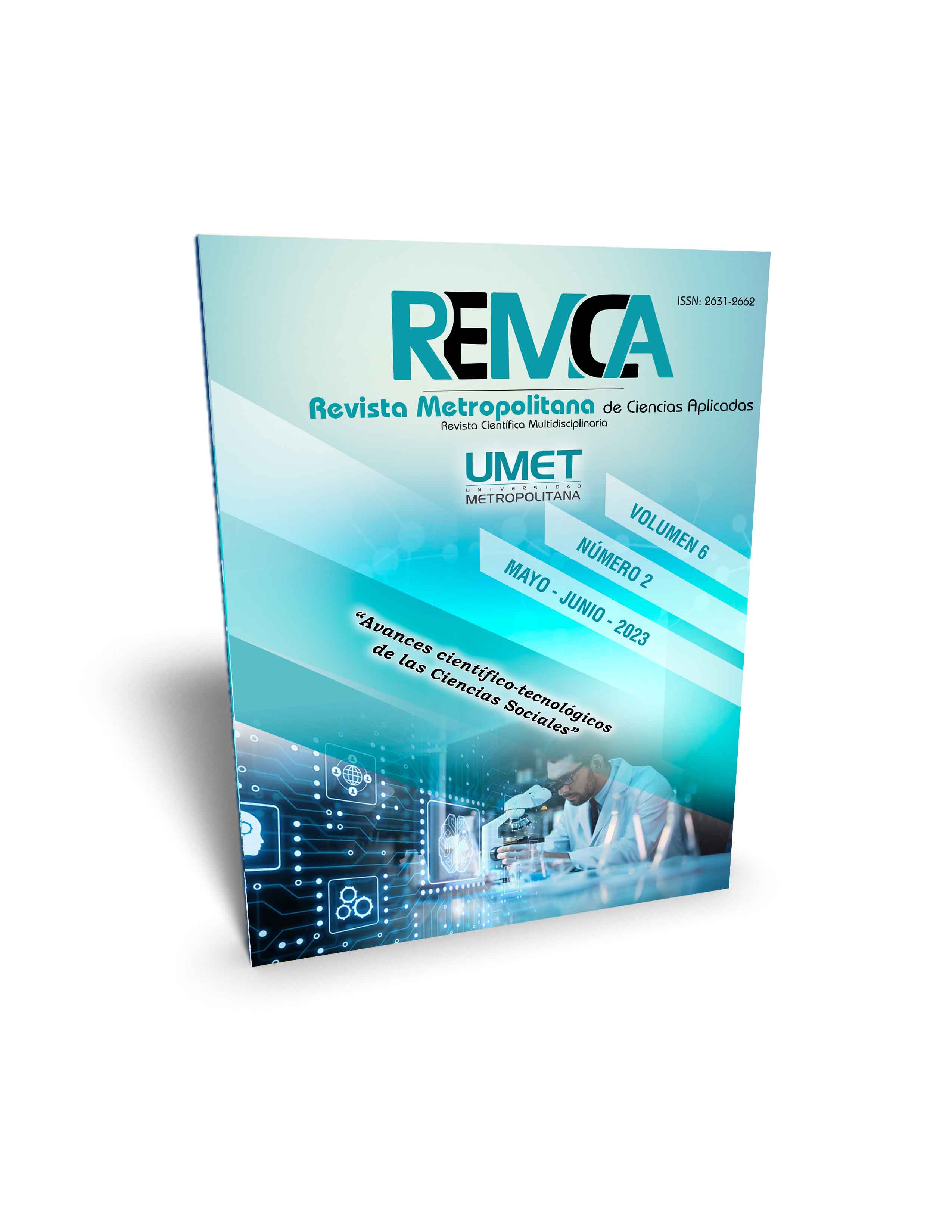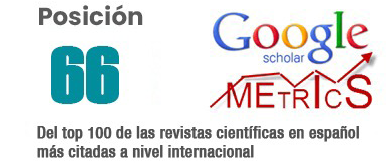Teachers’ evaluation in early childhood education at Pablo Montesino Cáceres School
DOI:
https://doi.org/10.62452/zyc05z13Keywords:
Early education, evaluation, performance, teacherAbstract
The teacher evaluation is a crucial beginning point for multiple elements in Education such as: the professional teachers’ development, the students’ learning process and finally, by rising institutional quality and education in general. In Ecuador, policies and procedures are present to carry out teacher evaluation at all educational levels, except for the initial one, which has been left to the responsibility of each educational institution, without a clear course. The current research analyzes this process difficulties at Pablo Montesino Cáceres School in order to propose a teacher evaluation tool for early education teachers. The study was conducted following two steps, in the first phase a qualitative approach and the open interview to teachers were used as data collection technique. In the second phase the survey to parents was used as quantitative techniques for data collection. Hence, it is a sequential mixed study. The results display difficulties in teacher evaluation from teachers' conception until the methodology processes for needs diagnoses, the feedback processes, and the guidance training. A teacher evaluation tool is proposed for early education teachers at the "Pablo Montesino Cáceres" School.
Downloads
References
Aravena, F. (2018). Desarrollo del modelo colaborativo en la formación
docente inicial: la autopercepción del desempeño profesional del
practicante en acción. Estudios Pedagógicos, 39(1), 27-44.
Arzate-Ortiz, O. (2014) Evaluación de 360º para conocer el desempeño de los alumnos de la CyBENPR. Ximhai, 10 (5), 39-50.
Cárdenas, A., Soto-Bustamante, A., Dobbs-Díaz, E., & Bobadilla, M. (2018). El saber pedagógico: componentes para una reconceptualización. Educación y Educadores, 15(3), 479-496.
Corona, M. (2018). Método cualitativo de investigación. Definición. Aplicabilidad. Edinun.
Ecuador. Asamblea Nacional Constituyente. (2008). Constitución de la República del Ecuador. Registro Oficial 449. https://www.oas.org/juridico/pdfs/mesicic4_ecu_const.pdf
Ecuador. Ministerio de Educación. (2018). Ley Orgánica de Educación Intercultural. https://educacion.gob.ec/wp-content/uploads/downloads/2017/05/Ley-Organica-Educacion-Intercultural-Codificado.pdf
Gálvez, E., & Milla, R. (2018). Teaching Performance Evaluation Model: Preparation for Student Learning within the Framework for Teacher Good Performance. Propósitos y Representaciones, 6(2), 407-429.
Izquierdo, E. (2016). Investigación Científica. Métodos, técnicas, procedimientos. Universitaria.
Jiménez Galán, Y.I., González Ramírez, M.A., & Hernández Jaime, J. (2010). Modelo 360° para la evaluación por competencias (enseñanza-aprendizaje). Innovación Educativa, 10 (53), 43-53.
Martínez Benítez, J. E., Castillo Cabay, L. C., & Granda Encalada, V. D. (2017). Formación inicial del docente de educación primaria y su desempeño profesional. EmásF: revista digital de Educación Física, 8(48), 83-95.
Pérez Escoda, N., Filella Gemma, G., Soldevila Benet, A., & Fondevila, A. (2018). Evalution of an emotional education program for primary teachers. Educación XX1, 16(1), 233-253.
Puertas-Molero, P., González-Valero, G., & Sánchez-Zafra, M. (2018). La inteligencia emocional en la formación y desempeño docente. Education, Sport, Health and Physical Activity, 1(1), 10-24.
Zurita-Ortega, F., Moreno-Arrebola, R., González-Valero, G., Viciana-Garófano, V., Martínez-Martínez, A., & Muros-Molina, J. J. (2018). Revisión conceptual de la conexión entre inteligencia emocional y desempeño docente. Educa Tk-Revista Euroamericana de Ciencias de la Educación, 7(1), 139-144.
Downloads
Published
Issue
Section
License
Copyright (c) 2023 María Soledad Flores-Mediavilla, Hugo Wilfrido Chaglla-Chaglla, Noemí Suárez Monzón (Autor/a)

This work is licensed under a Creative Commons Attribution-NonCommercial-ShareAlike 4.0 International License.
Authors who publish in Revista Metropolitana de Ciencias Aplicadas (REMCA), agree to the following terms:
1. Copyright
Authors retain unrestricted copyright to their work. Authors grant the journal the right of first publication. To this end, they assign the journal non-exclusive exploitation rights (reproduction, distribution, public communication, and transformation). Authors may enter into additional agreements for the non-exclusive distribution of the version of the work published in the journal, provided that acknowledgment of its initial publication in this journal is given.
© The authors.
2. License
The articles are published in the journal under the Creative Commons Attribution-NonCommercial-ShareAlike 4.0 International License (CC BY-NC-SA 4.0). The terms can be found at: https://creativecommons.org/licenses/by-nc-sa/4.0/deed.en
This license allows:
- Sharing: Copying and redistributing the material in any medium or format.
- Adapting: Remixing, transforming, and building upon the material.
Under the following terms:
- Attribution: You must give appropriate credit, provide a link to the license, and indicate if any changes were made. You may do this in any reasonable manner, but not in any way that suggests the licensor endorses or sponsors your use.
- NonCommercial: You may not use the material for commercial purposes.
- ShareAlike: If you remix, transform, or build upon the material, you must distribute your creation under the same license as the original work.
There are no additional restrictions. You may not apply legal terms or technological measures that legally restrict others from doing anything the license permits.




